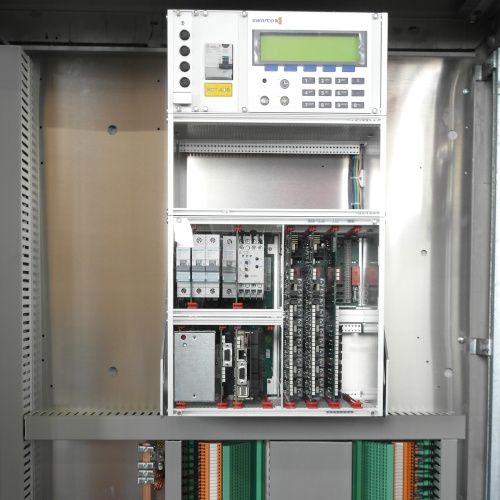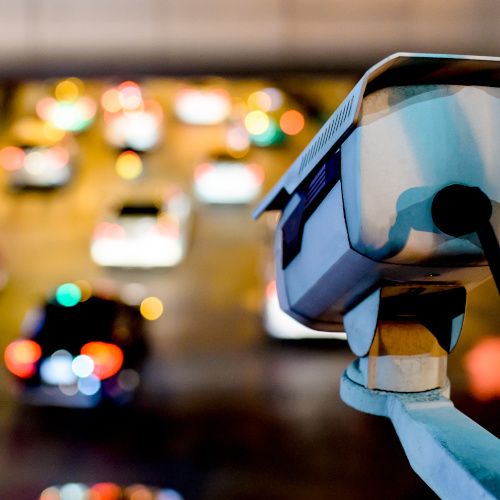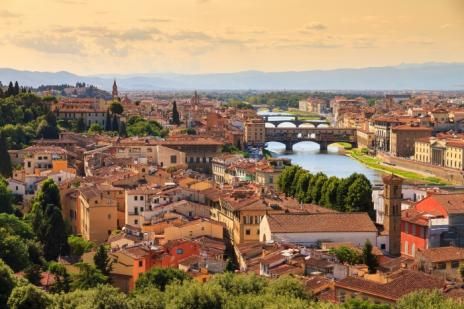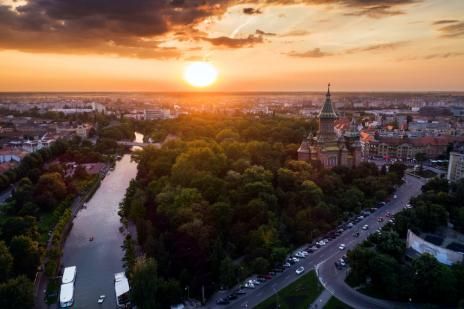Traffic Management Centers:
monitor, control and keep the traffic flowing
Cities around the world are growing. On the one hand, growth is very welcome, but on the other hand it also challenging. One factor that strongly influences our quality of life is how well we get from point A to point B. With limited capacity, it becomes difficult to manage mobility and keep the traffic flowing. This requires well-organized, modern traffic control centers that take a holistic approach to mobility, incorporating all modes of transport and meeting society's growing need for flexible mobility.

"At SWARCO, we combine experience & quality awareness with high innovation. We help cities and municipalities worldwide to equip their traffic control centers with the latest technologies to meet current and future challenges. Whether it's monitoring traffic, reducing congestion or improving air quality, we place great value on close & collaborative partnerships to create sustainable solutions that enrich the mobility strategy of our cities & communities. These are the ingredients for the success of complex projects."
Michael Schuch, Chief Executive Officer (CEO)
What are traffic control centers for?
Die meisten größeren Städte haben Verkehrsmanagementzentralen eingerichtet. Diese Verkehrsleitzentralen sind i. d. R. zentrale Kontrollräume für das Mobilitätsmanagement, in denen der Verkehr überwacht und gesteuert wird und von wo aus Mobilitätsstrategien umgesetzt werden.
Wachsende Städte & Gemeinden stellen Verkehr und Mobilität weltweit vor neue Herausforderungen
● Egal ob in der Luft, auf Schiene, Straße oder zu Wasser: der Platz wird immer knapper.
● Der Verkehrsfluss wird zäher und damit schwerer zu steuern.
● Staus vermehren sich und die Luftqualität wird schlechter.
● Kosten für Logistik & Transport nehmen zu.
Diese und andere Herausforderungen erfordern vermehrt eine kompetente Verkehrsplanung und die Entwicklung einer umfassenden Verkehrssteuerungsstrategie.
Most larger cities have established traffic management centers. These traffic control centers are usually central control rooms for mobility management, where traffic is monitored and controlled and from where mobility strategies are implemented.
Growing cities & communities pose new challenges for traffic and mobility worldwide.
● Whether by air, rail, road or water, space is becoming increasingly scarce.
● Traffic flow is becoming more viscous and thus more difficult to manage.
● Traffic jams are multiplying and air quality is deteriorating.
● Costs for logistics & transport are increasing.
These and other challenges increasingly require competent traffic planning and the development of a comprehensive traffic control strategy.
Time-based control
Adaptive traffic management
Controller planning tools
Asset management
Supervisor
VMS Management
Public Transport Priority
Priority for emergency vehicles
... and much more
Watch how we rebuilt Hamburg's TMC
Traffic control centers:
Solutions by SWARCO
Modern traffic control centers can detect traffic disruptions as they develop & initiate sensible measures to ensure that there are neither traffic jams nor unnecessary delays. The precise observation of traffic in real time forms the basis for traffic control centers to control the daily stop-and-go traffic, to coordinate special events (e.g. sports or major events) and to react to emergencies (e.g. accidents or severe weather) in time.
To modernize traffic control centers, SWARCO offers solutions e.g. in the following areas:
References
for Traffic Management Solutions
Traffic Control Centers by SWARCO
Traffic control centers – powered by SWARCO – monitor traffic signals, intersections and roads and support cities and communities worldwide in implementing their traffic management strategies. Whether it is danger alerts, the current traffic situation, foreseeable traffic disruptions or weather-related breaking news and much more: it is crucial that all relevant information is collected at a central point and analyzed correctly. We provide you with well-thought-out and tried-and-tested solutions to bring your traffic control center up to the latest state of the art - from suitable furniture and monitor walls to the appropriate software.
Last but not least: New technologies in the field of program & process automation are increasingly helping to harmonize traffic flow, reduce congestion, lower fuel consumption, improve air quality, shorten response times and thus significantly improve road safety.
FAQ
A traffic control center mainly consists of monitors and screens on which the traffic events of a city or a municipality are displayed - if possible in real time. Behind the screens, there are usually officials who monitor the selected traffic junctions and react accordingly to events. Meanwhile, many processes run automatically. Automation and AI-controlled systems are on the rise and are already acting independently in some cases.
The essential tasks of a traffic control center include controlling the flow of traffic, avoiding or reducing congestion, and minimizing the risk of accidents. This works, for example, by controlling the traffic lights in a city. Depending on the volume of traffic, green phases can be extended or shortened at certain intersections – and thus proactively influence the traffic situation.
Traffic control centers are used wherever traffic volumes are correspondingly high, i.e. in cities, municipalities & conurbations, but also at ports or very large industrial complexes. In short: everywhere where it is worthwhile to monitor and, if necessary, control traffic flows.
As cities & communities continue to grow, traffic control centers are basically pursuing the same goals worldwide. Among the most important are the following:
1. making the best possible use of the available traffic space
2. maintaining the flow of traffic (24/7)
3. reducing congestion and delays
4. improvement of air quality
5. reducing fuel consumption (through less stop-&-go).





